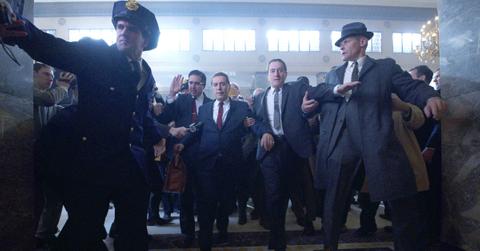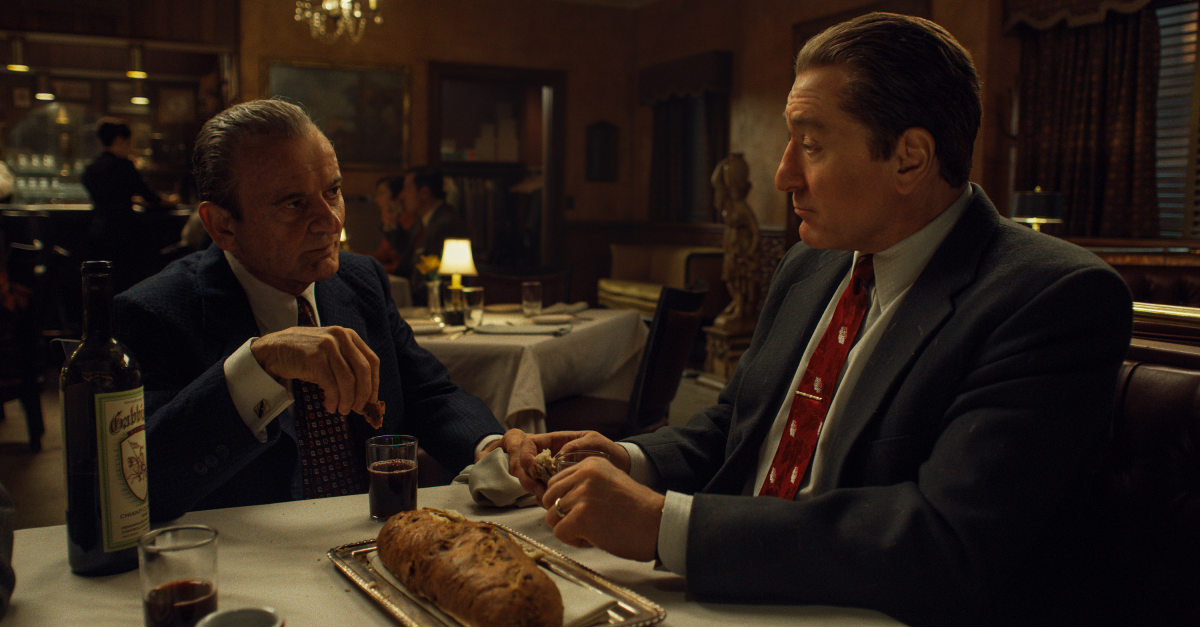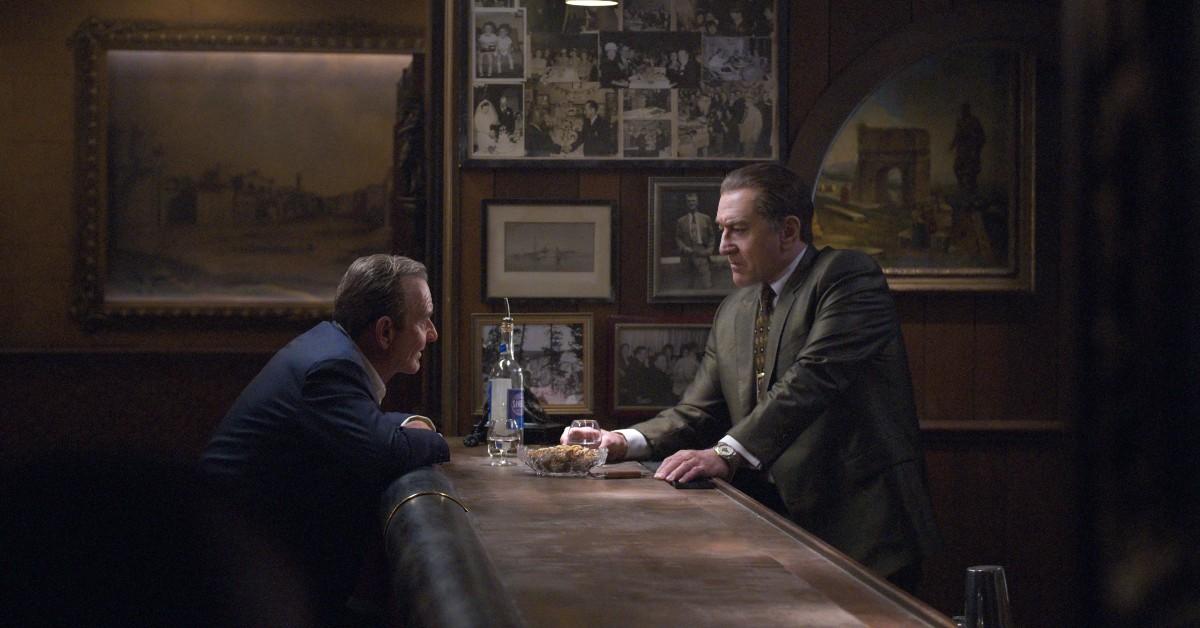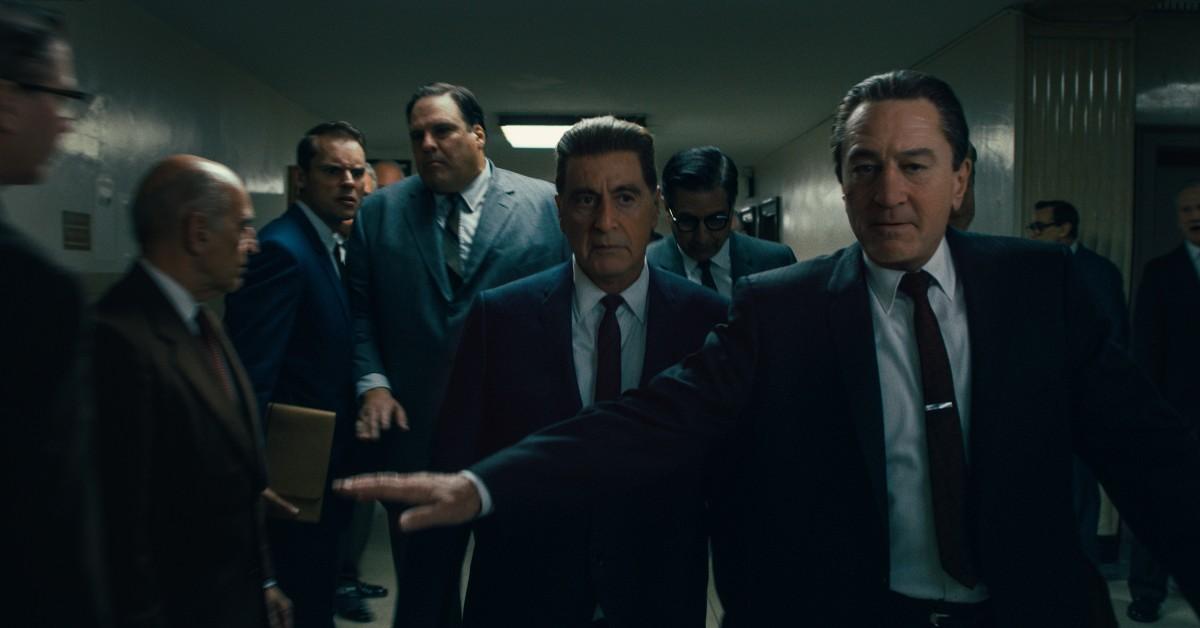'The Irishman's' Russell Bufalino May or May Not Have Been a CIA Spy in Real Life
Updated Nov. 26 2019, 4:29 p.m. ET

The Irishman chronicles truck-driver turned mafioso, Frank Sheeran's (played by a de-aged Robert De Niro) battle to climb to the top of the underworld.
The three-and-half-hour-long cinematic masterpiece zooms in on different periods of Frank's life, showing how he landed clients small and large before meeting Russell Bufalino (Joe Pesci), the head of the Bufalino crime family.
How accurate is Martin Scorsese's portrayal of the notorious clan?
The Irishman captures the Bufalino crime family's shadiest undertakings.
The 1995 Casino might be hailed as Martin Scorsese's magnum opus, but The Irishman does deserve an honorable mention as well.
In trademark fashion, the famed director crafts a three-hour-long cinematic masterpiece that tells the story of how an impressionable man managed to establish himself as one of the most-dreaded, heinous criminals out there.
But is the director's take on the Bufalino family anything to go by?

Long story short: yes.
The Irishman builds on Charles Brandt's I Heard You Paint Houses, a 2004 book that chronicles the real Frank's adventures – as told by Frank.
Charles conducted days' worth of interviews with the prolific mafia hitman, which he then distilled into a neat, 384-page-long volume that sheds light on the sheer brutality and horror that went down in those circles back in the 1970s.

Russell Bufalino was convicted of one murder.
While Frank's flirtation with the life of an outlaw is a persistent theme throughout the film, it is Bufalino who manages to claim himself the title of the penultimate bad guy. As Alejandro De La Garza points out in a recently published Time magazine article, the criminal mastermind was about as vicious as the movie shows him to be.
By 1964, Bufalino's name rang familiar to most law enforcement employees.
As the Smithsonian Magazine reveals, he was named as "one of the most ruthless and powerful leaders of the mafia in the United States" – by a Senate subcommittee on organized crime, no less.
In 1978, he was sent to prison for four years on an extortion charge, and this wasn't the only time he found himself behind bars.
As to his most-known mischief?
As Alejandro reveals, the worst-ever crime Bufalino was ever convicted with involved the murder of an anonymous man – whose identity he tracked down using his special contacts at the Federal Witness Protection Program.
The man was thought to have owed the mafia $25,000 – hence the Federal Witness Protection Program – and, as a means to take revenge, Bufalino ordered two of his associates to end his life.
Five years later, the 77-year-old mafia man was sent to prison for nearly a decade.

What about the rest of the Bufalino crime family?
Scorsese's latest masterpiece zooms in on the Bufalino-Hoffa-Sheeran triangle.
However, the rest of the clan had some "achievements" to boast as well. Racketeering, counterfeiting, loansharking and illegal gambling were commonplace for most members.
Take William D'Elia, who used a newspaper, The Metro, to cover up for over $3 million dollars spent on drugs and prostitution money, or Aladena Fratianno, the man responsible for the murder of the Two Tonys. The heavyweights of the family didn't simply meddle in illegality, they were out there to redefine the whole concept.
The Irishman will be available on Netflix on Nov. 27.